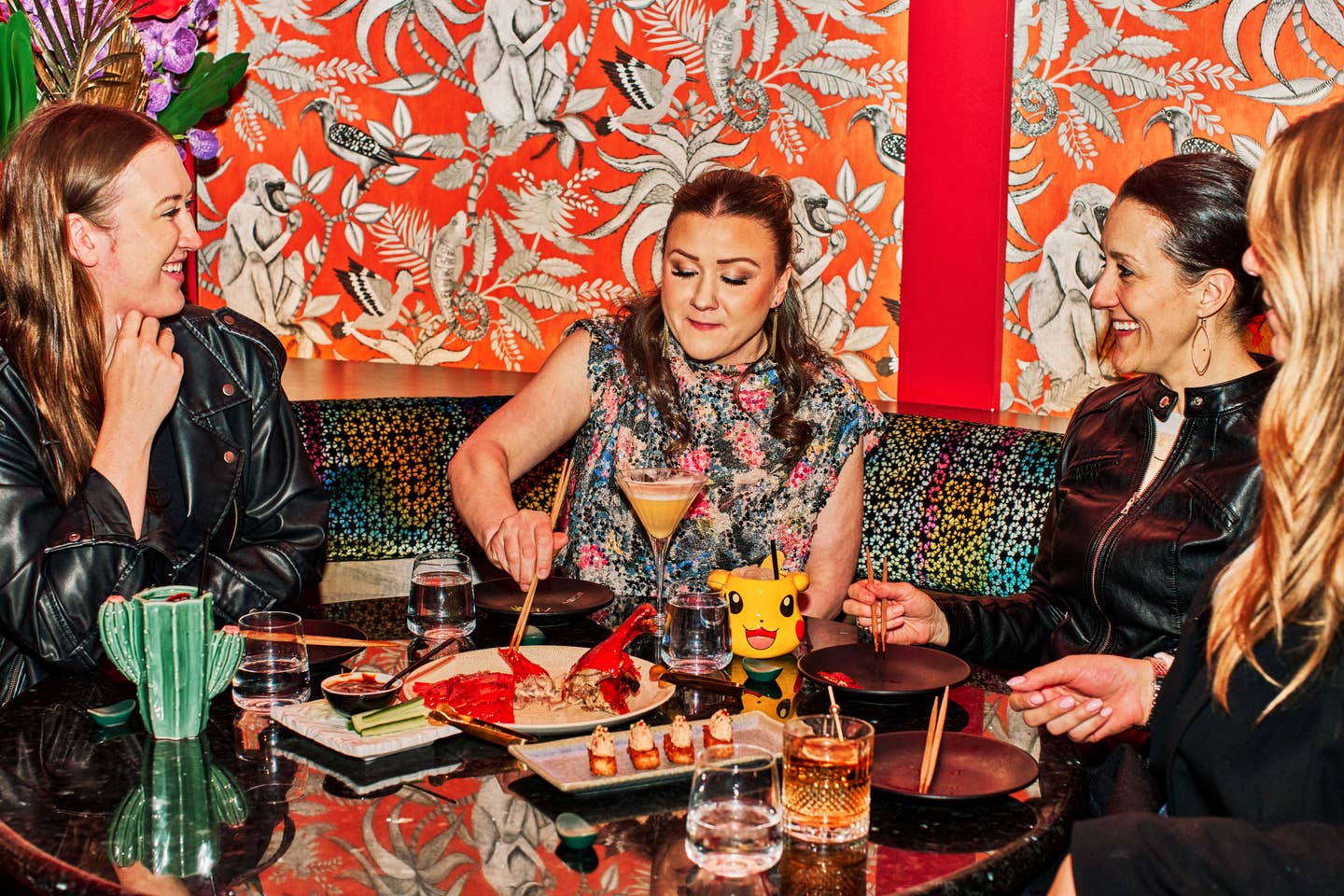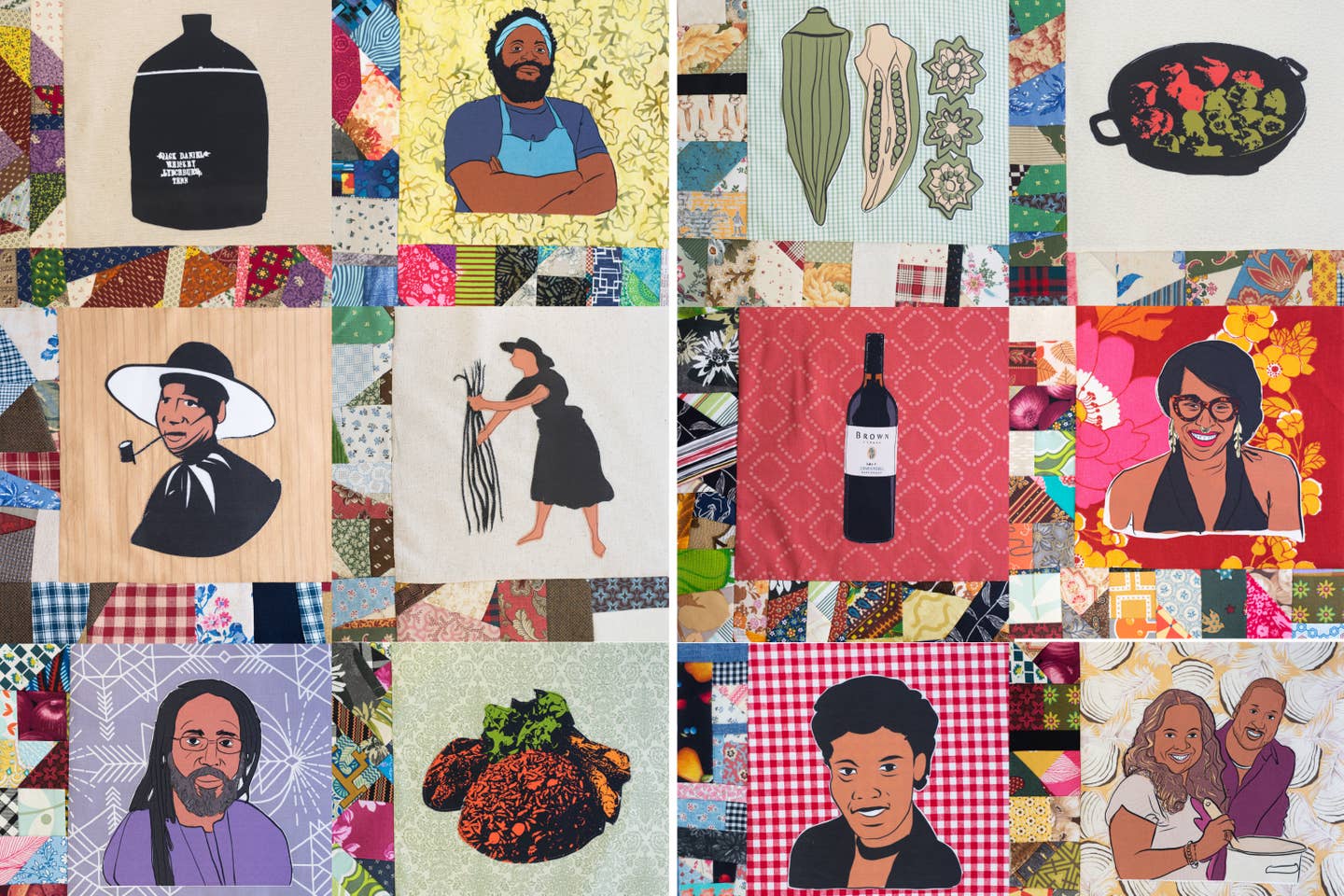
A New MoFaD Exhibit Celebrates African Americans’ Impact on the Nation’s Foodways
The collection recognizes the legacies of both well-known and lesser-known voices.
An overwhelming 30-foot technicolor tapestry of solid colors and patterned blocks greets guests as they enter the Museum of Food and Drink (MoFaD). It is a quilt portraying some of the names, places, and faces that have contributed to the story this exhibit tells. The images depicted in each square, crafted by visual graphics artist Adrian Franks, vary from portraits of historical figures to darkened silhouettes, close-ups of ingredients, and even location names. Made up of 400 individual tiles, this quilt was created by Harlem Needle Arts, a collective focused on educating and preserving textile traditions throughout the African diaspora and highlighting innovators in African American cuisine both past and present. It’s a fitting entry into the museum's new exhibit, “African/American: Making the Nation’s Table.”
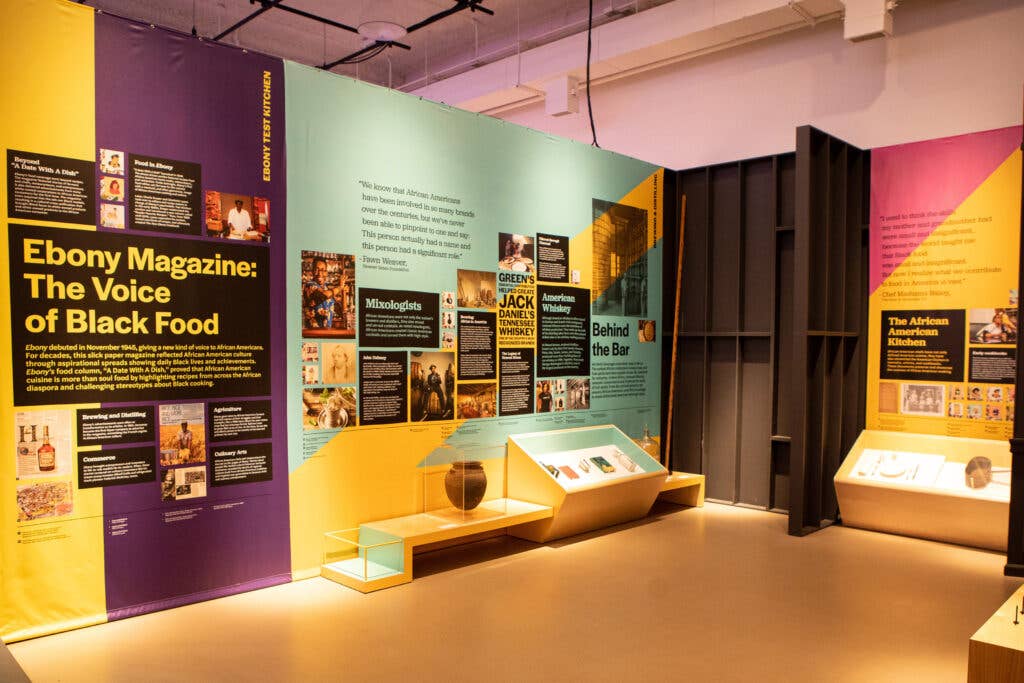
This month, MoFaD debuts its latest exhibit to the public, using a gallery space at the Africa Center in Harlem to honor the influence African Americans have had on America’s culinary history. James Beard Award-winning historian and author Jessica B. Harris led the development of this exhibit, bringing together a collection of artifacts, art, music, a chef-curated lunch, and a pop-up bookstore demonstrating and documenting the importance of African American contributions to the country’s foodways. “African Americans have had a substantial role in what we think of as American food,” says Harris.
The quilt is one of the exhibit’s many visual metaphors that illustrate how countless people have contributed to this legacy over the course of hundreds of years. Just as individual squares collectively create a finished quilt, African American foodways consist of many pieces coming together to form a complete picture. While it’d be impossible to capture every name, legacy, and visage and represent them here, the exhibit is meant to showcase just how many lives intertwine to tell the larger story of Black foodways in America.
“It’s really an extraordinary thing,” says Harris of the quilt. Some of the quilt’s featured faces, such as legendary chef Leah Chase, the matriarch of New Orleans’ Dooky Chase’s Restaurant and perhaps the most well-known Creole chef, will be recognizable to visitors; other figures, no less important, may be less familiar. Emmanuel ‘Manna’ Bernoon, a freed Black man who opened Providence, Rhode Island’s first oyster and ale house, is represented alongside a panel featuring an oyster adorned with a single pearl. Some blocks represent whole, unnamed groups of people, like women harvesting rice and men tending to chicken coops. An outline of a jug symbolizes distilling, a practice that enslaved Africans turned into an art on plantations but were rarely given credit for, the most famous example being Nathan ‘Nearest’ Green who taught a young Jack Daniel how to distill whiskey. Everything comes together to create a story.
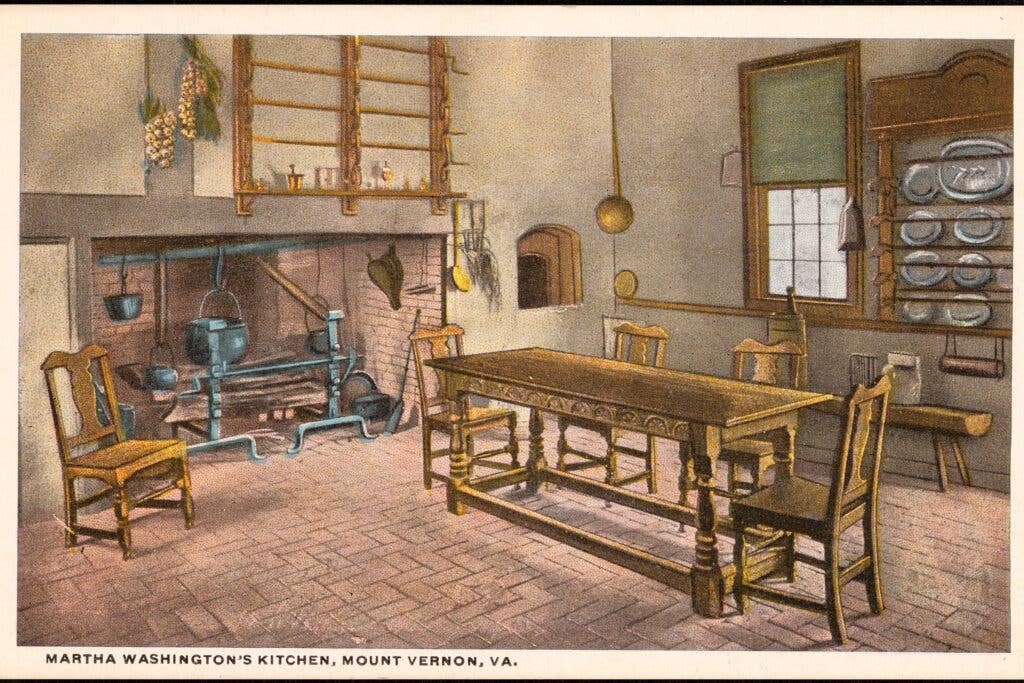
“We’re hoping that visitors understand the foundational African American contributions that have created our shared culinary identity in this country,” says Catherine Piccoli, curatorial director for MoFaD. According to the museum, “African/American: Making the Nation’s Table” is the nation’s first major exhibition celebrating the contributions of Black culinarians who laid the foundation for American food culture. From enslaved cooks to free men and women, from entrepreneurs and chefs to brewers, distillers, and more, African Americans have baked, brewed, cut, tilled, harvested, planted, and nurtured American food over centuries. The exhibition preserves these stories and artifacts related to Black food culture and the many ways African Americans have shaped the nation’s food landscape.
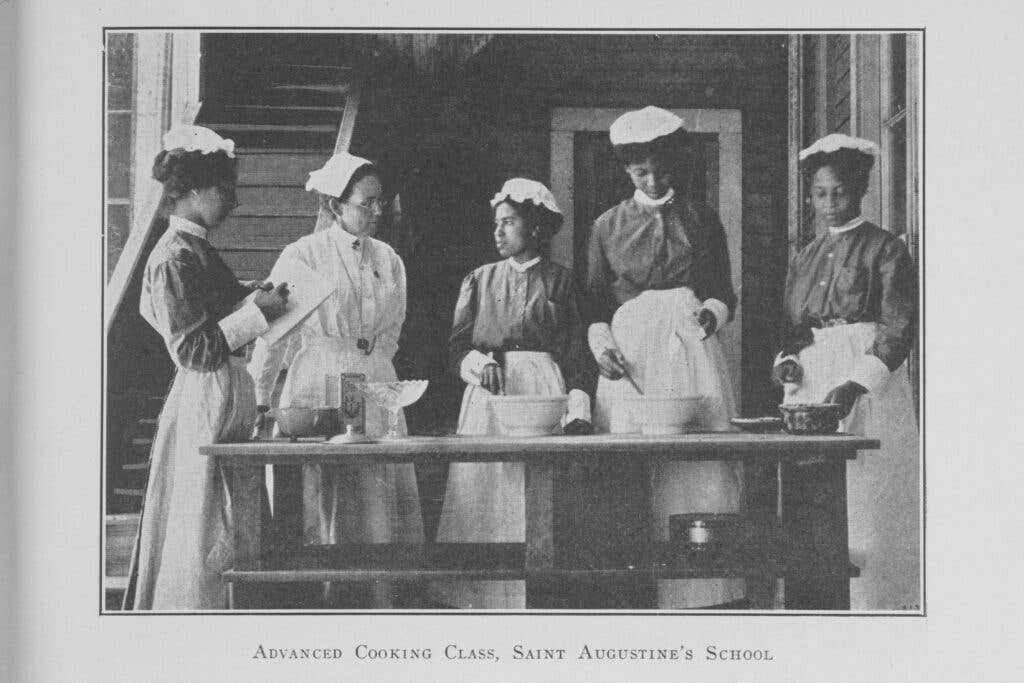
The exhibit explores how traditional tribal brewing practices in Africa led to distilling in the American South through archival photos and artifacts, and also spotlights cookbooks from African American chefs like vegan chef Bryant Terry and writer Vertamae Smart-Grosvenor that document regionality in Black foodways.
Further along in the exhibition, visitors will encounter Ebony magazine’s sunburst-colored test kitchen, the setting where writer Frieda DeKnight tested recipes which would appear in her “Date with a Dish” column and The Ebony Cookbook, which was published in 1978. The kitchen, which showcased and cataloged recipes that spoke to America’s burgeoning Black middle class from the 1970’s to 2000’s, looks just as it originally did when it lived at Johnson Publishing Company’s headquarters in Chicago and features a soundtrack curated by musician, farmer, and chef Kelis, as well as video interviews with former Ebony food editors.
Visitors can end the exhibit by sitting down to a shoebox-lunch tasting, inspired by boxed lunches Black travelers packed to avoid having to stop for food during the Jim Crow-era, when simply stopping at a restaurant could be dangerous. The menu, created by chefs Carla Hall, Adrienne Cheatham, Chris Scott, and Kwame Onwuachi, rotates monthly.
Chef Scott’s menu includes a boiled peanut hummus and buckwheat crackers to show visitors the versatility of peanuts, also known as groundnuts, a direct link to West African cuisine. “I want to speak to the importance of agriculture and take that staple to make something interesting,” he says of his dish. Scott hopes people who visit the exhibit and eat lunch here will realize that it’s about more than what’s on their plate. “Come for the food and stay for the story, the hard work, and the emotion,” he says. “We were able to make something out of nothing. There’s beauty in that.”
The story, Harris points out, will only continue. “Hopefully this exhibit is the first of many, and it grows and grows.”
Keep Reading
Continue to Next Story









